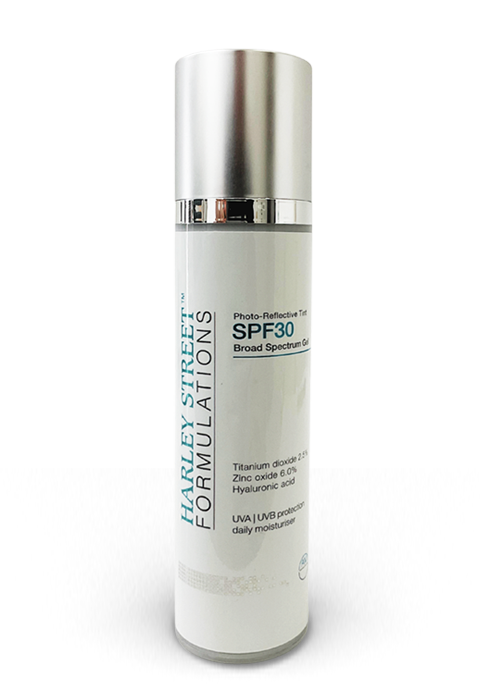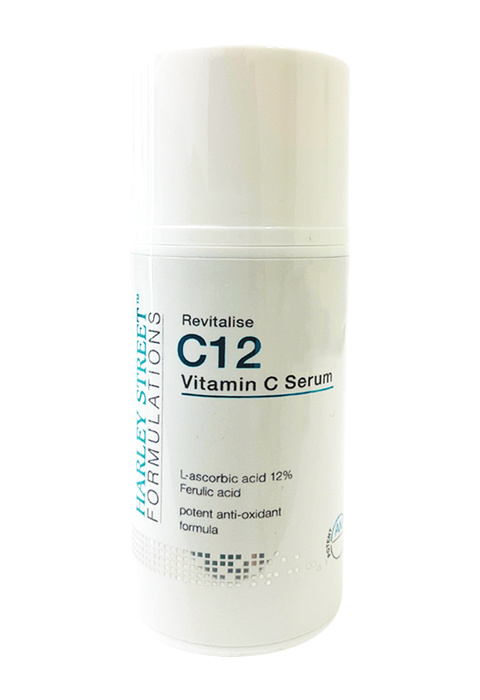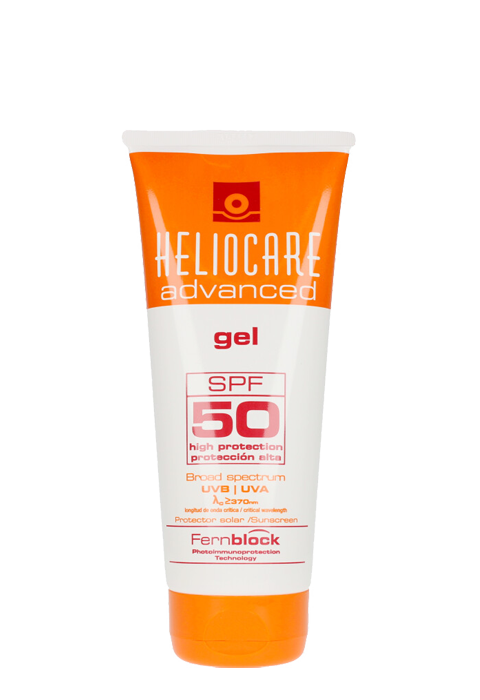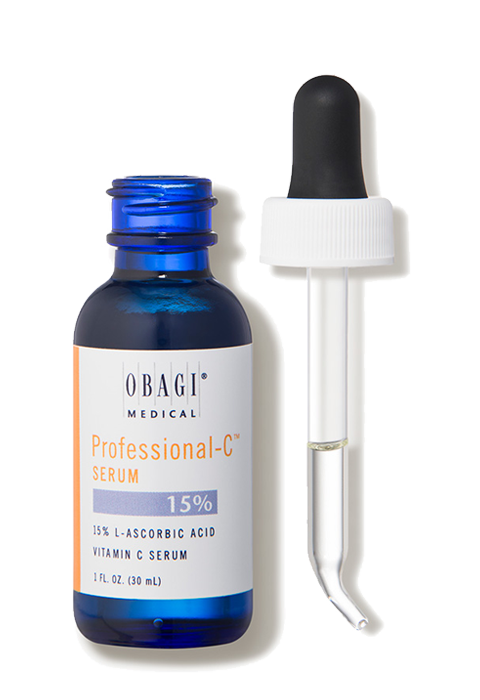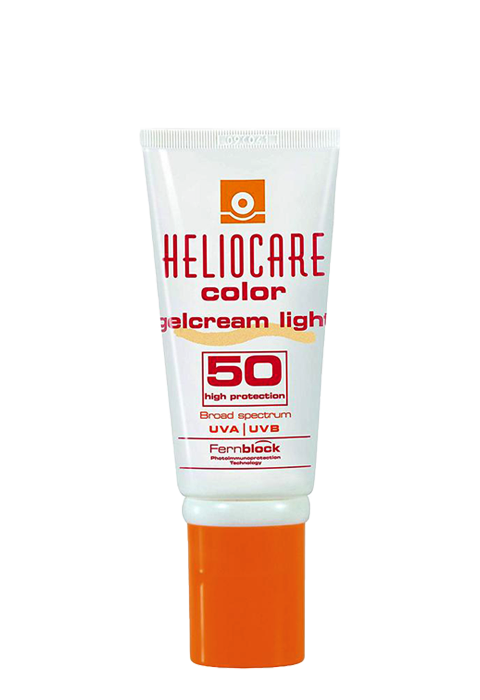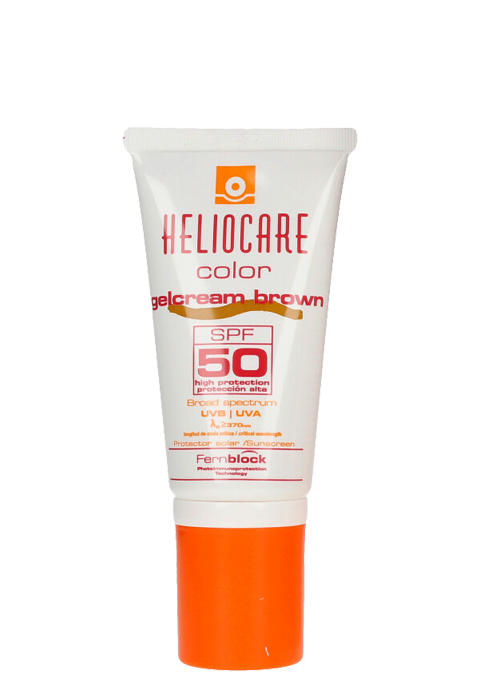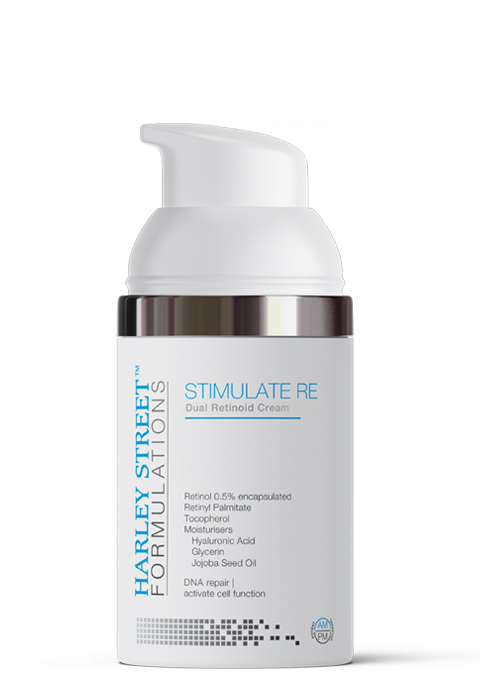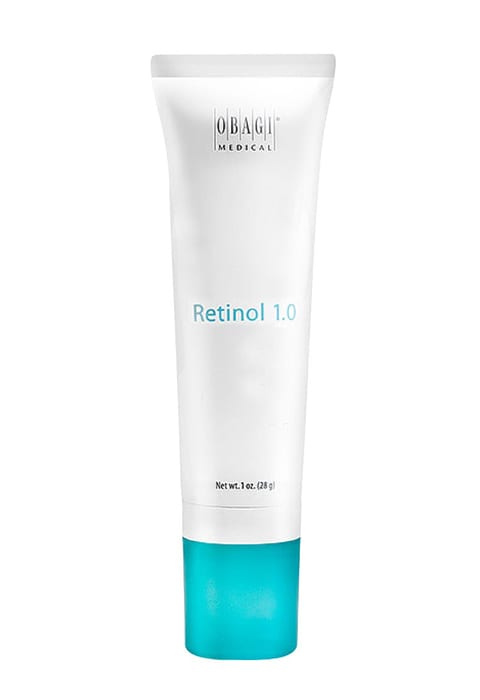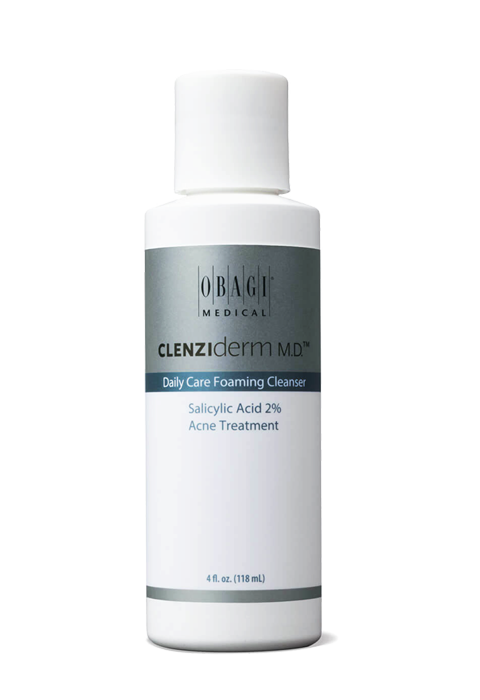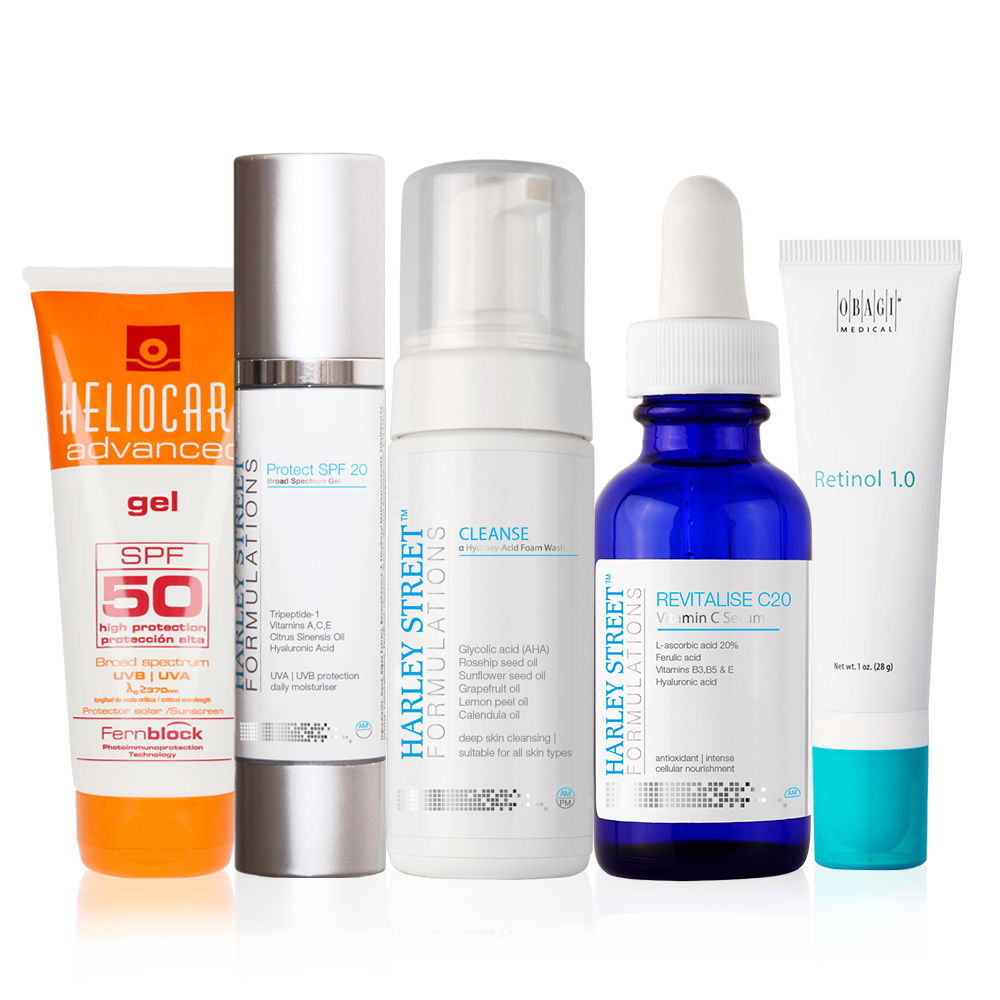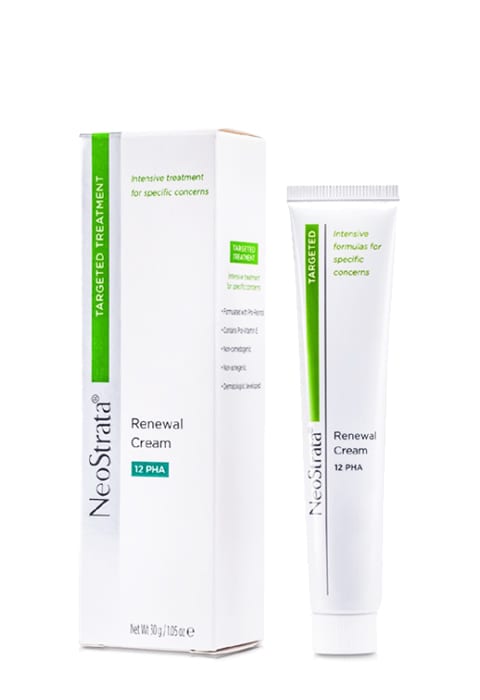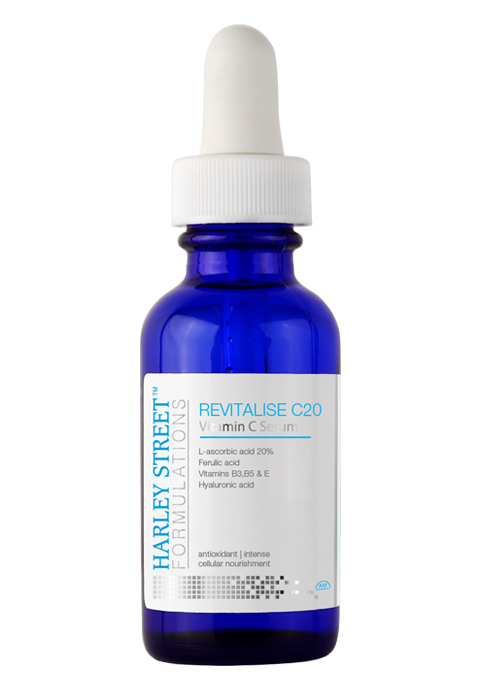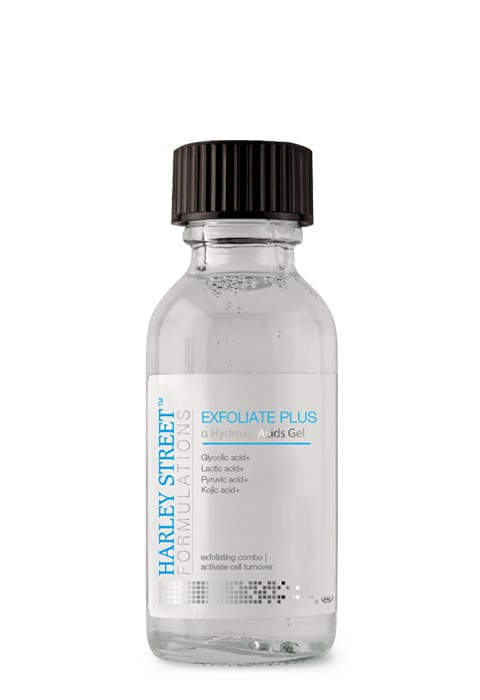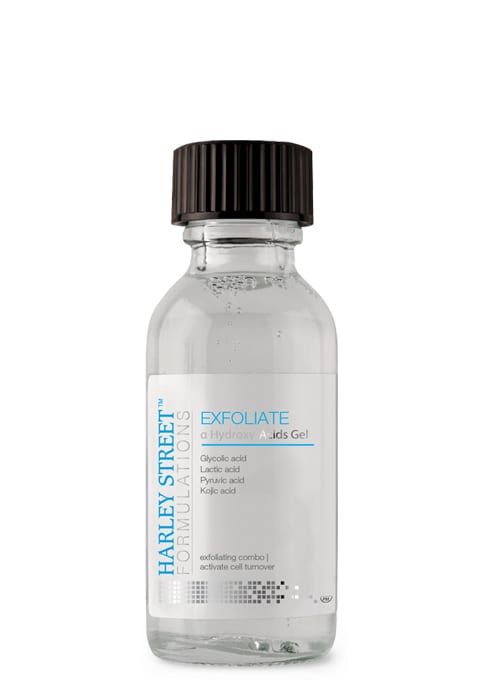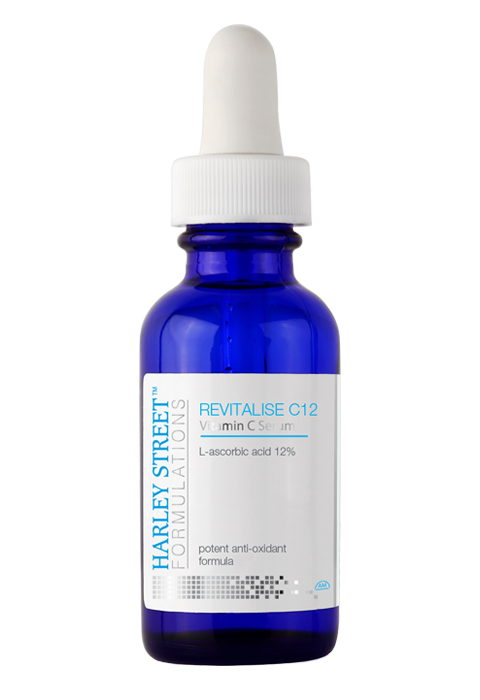Causes of Hyper-pigmentation
/ Melasma
Hyperpigmentation is a common skin disorder that is harmless in most cases. It involves parts of the skin becoming darker than the normal surrounding skin. This happens when melanin, the pigments that give skin its colour, is produced in excessive amounts in the affected areas. These dark patches affect all types of skin colours without discrimination. Depending on the cause, these patches can be either localised or generalised.
Although skin hyperpigmentation is mostly harmless, it is a major cosmetic concern to many of the people affected. Some types are easier to treat but others are challenging and may need a specialist’s attention and a follow-up.
Understanding the causes and types of hyperpigmented skin will help to target your treatment, save money, and most, importantly, avoid serious health issues that result from the wrong cosmetic products being used.
Common Causes of Hyperpigmentation
The intrinsic causes of hyperpigmentation
The intrinsic causes refer to factors within the body, which may be either physiological or pathological. Physiological causes include:
Hormonal influences: A change in the female hormonal balance of oestrogen and progesterone is the commonest cause of hormone-related hyperpigmentation. This is common during pregnancy. This type of hyperpigmentation is called chloasma or melasma. The two hormones are thought to overstimulate melanin production. This, however, only happens in some women and those who are affected, are not affected to the same degree. About 90% of pregnant women get hormone-related skin hyperpigmentation, which has led to the term ‘mask of pregnancy’ being used.
Stress: Persistently elevated stress hormones, such as cortisol, are also associated with hyperpigmentation issues.The risk factors for hormone-induced hyperpigmentation include autoimmune thyroid disorders and drugs that make the skin prone to photosensitivity.
Congenital skin disorders: These problems appear to run in families and those affected appear to have more than one cause of hyperpigmentation, which can include hormonal and environmental factors.
Lipofuscin: These are metabolic wastes that are not completely eliminated from the body’s cells. The waste products are deposited in the skin over time and appear as hyperpigmented patches, commonly referred to as age spots. With age, the elimination of this metabolic garbage becomes more difficult.
Extrinsic causes of hyperpigmentation
Ultraviolet light irradiation
Sun-induced hyperpigmentation is caused by the ultraviolet sunrays that lead to Free Radical and activate melanin production. Initially, the sun triggers more melanin production as a way to protect the skin against the harmful UV-B that can lead to DNA damage. Continued exposure to the sun creates problems, such as freckles, melasma and age spots.
Sun-induced hyperpigmentation is relatively easy to treat in comparison to the other causes of the disorder.
Hormonal contraceptives. All types of hormonal contraceptives have been linked to skin hyperpigmentation in susceptible women, including hormone-laced vaginal rings, which can appear even in progesterone only pills.
Skin irritation and trauma (PIH – post-inflammatory hyperpigmentation)
This causes localised hyperpigmentation that varies according to the extent of the irritation or injury. Some people are more prone to the disorder, regardless of the extent of the injury. Common skin irritants include:
- Repeated pressure – this is associated with certain occupations, such as manual workers
- Some cosmetic procedures, such as over-skin exfoliation and tattooing
- Inflammatory disease process
- Certain foods
This type of hyperpigmentation is fairly easy to treat.
Medications. These can either cause photogenic reactions, that can lead to hyperpigmentation, or lead to darkening skin without any reaction being involved.The list of drugs that can cause skin hyperpigmentation is long and different classes of drugs are responsible. A few of these include:
- Phenothiazines, such as chlorpromazine
- Aminoglycosides, such as tetracycline and minocycline
- Anti-malarials, such as chloroquine
- Anti-cancer drugs, such as cyclophosphamide
- Sulphur drug reactions
- Some anti-steroidal anti-inflammatory drugs (NSAIDs)
- Anti-seizure drugs, such as phenytoin
- A heart disease medication called amiodarone
- Hydroquinone, which can help in the management of hyperpigmentation, can cause a serious and difficult to treat hyperpigmentation disorder after it has been used for a long time
Endocrine disorders and other diseases
Heavy metal poisoning: mercury, gold, iron, bismuth and silver can all cause a characteristic type of hyperpigmentation pattern.
Disease conditions that cause hyperpigmentation. This is an inflammatory disease process that includes:
- Psoriasis, skin cancers, dermatitis, systemic problems, such as lung cancer and liver disorders, lentigines, thyroid disorders and post-inflammatory pigmentation
- This skin condition is the result of a reaction to light sensitive compounds found in certain plants and natural light. The skin eruptions that occur can heal with scarring and hyperpigmentation
Cosmetic product ingredients
Cosmetics can cause a wide range of symptoms that cause hyperpigmentation disorder. Some of these problems are associated with allergic reactions and skin inflammation. Common undesirable skin reactions that can occur following cosmetic use include:
- Contact urticaria –rashes, eruptions, swelling and other skin symptoms can occur
- Irritant contact dermatitis –the reaction can occur within minutes or weeks of use, depending on the allergen and a person’s immune response
- Photocontact dermatitis –this follows skin lesions, due to the sunlight interacting with an ingredient in the cosmetic product. Common causes of this condition include:
- Oxybenzone or cinnamate-based sunscreens
- Musk and other fragrances
- Coal tar cosmetic products
Other specific potential cosmetic allergens
- Preservatives that include parabens, quaternium-15, imidazolidinyl urea, formaldehyde and isothiazolinone
- PPD (paraphenylenediamine) hair dye, propolis, lanolin, nail cosmetics, glyceryl mono thioglycolate, thiomersal and rosin
Although it is almost impossible to predict whether a specific cosmetic will cause an allergic reaction, skin test patches can pick out some of the possible allergens a person may be sensitive to.It is also possible to lower the risks of a reaction by using cosmetics that contain the minimum of ingredients.
Apart from sun-induced, traumatic hyperpigmentation, which is easier to treat, the causes can be challenging and you may need a specialist’s guidance to manage them.
References and Further Reading
- ‘Melasma: A comprehensive update.’ Sheth, Vaneeta M. et al. Journal of the American Academy of Dermatology, Volume 65, Issue 4, 699 – 714.
- Ortonne, J., Arellano, I., Berneburg, M., Cestari, T., Chan, H., Grimes, P., … Westerhof, W. (2009). ‘A global survey of the role of ultraviolet radiation and hormonal influences in the development of melasma.’ Journal of the European Academy of Dermatology and Venereology, 23(11), 1254-1262. DOI: 10.1111/j.1468-3083.2009.03295.x
- Kang, H. Y., & Ortonne, J.-P. (2010). ‘What Should Be Considered in the Treatment of Melasma.’Annals of Dermatology, 22(4), 373–378. http://doi.org/10.5021/ad.2010.22.4.373
- Resnik, S. (1967). ‘Melasma induced by oral contraceptive drugs.’ JAMA: the Journal of the American Medical Association, 199(9), 601-605.













